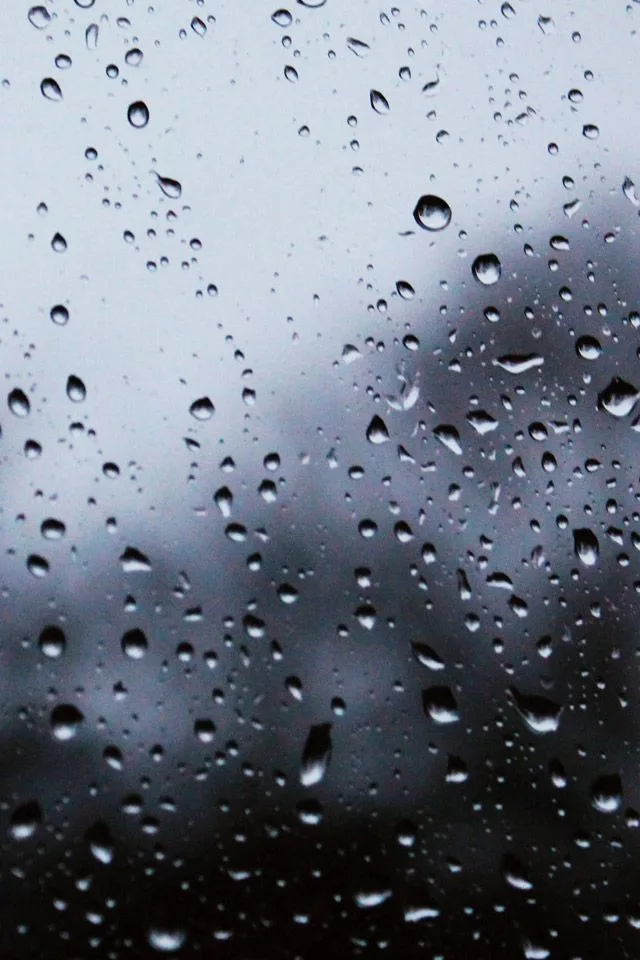In a stunning bridge between the quantum and classical worlds, physicists have observed a phenomenon they call “quantum rain.” In this experiment, droplets in an ultracold gas of potassium-41 and rubidium-87 break apart into smaller quantum fragments — behavior previously unseen in quantum degenerate atomic gases.
Published in Physical Review Letters, the study marks a first: witnessing dynamics familiar from everyday fluid mechanics emerge at the quantum scale.
The experiment, led by teams from Spain and Italy, used a waveguide to release the ultracold gas, resulting in a cascade of droplets resembling rain. The effect mimics the Plateau-Rayleigh instability — a classical fluid behavior — but is driven here by quantum fluctuations known as the Lee-Huang-Yang correction, which introduces a repulsive force between atoms in this exotic fluid.
Unlike water on a windowpane, these droplets lasted mere milliseconds, yet provided valuable insight into the dynamics of quantum fluids. Researchers described the breakup of these droplets as a form of quantum capillary instability, blending numerical simulations with experimental results.
As explained by lead author Luca Cavicchioli of Italy’s National Institute of Optics, the findings offer a new toolkit for controlling quantum matter — paving the way for advances in quantum technologies through engineered droplet arrays.
This observation doesn’t just deepen our understanding of quantum states of matter. It vividly connects our macroscopic world to the microscopic rules that govern it — one drop at a time.


